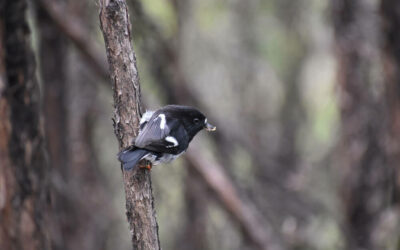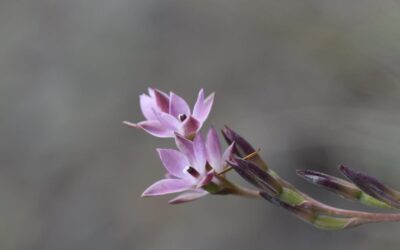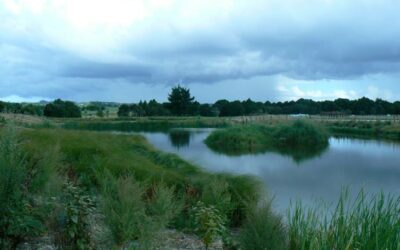A roundup of our work in 2020 from the Ecology Division 71 hectares – 246 289 plants – 15 km of streams. What do these numbers mean for our Ecology...
Rural Design Ecology 2019
Rural Design is a leading ecological practice based in Kaiwaka, offering expert consultancy services in land restoration, ecology and landscape...
Can Wetland Restoration Help Reduce Carbon Emissions
The main goal of wetland restoration is to bring it back the original ecosystem. Like all restoration projects, there are steps involved. Planning...
The Value of Ecological Restoration and Assessment
The question of why we need to have ecological restoration in our property is moot and academic. Any land, especially those that have been neglected...
Wetland Restoration: From Planting to Maintenance
According to Bay of Plenty, a forum committed to the restoration of wetlands in the region, a restoration project can be summed up to two things:...
The Basic Processes of Wetland Restoration
Wetland restoration is a process of rehabilitating a degraded or destroyed wetland. Other than rehabilitation, wetland restoration refers to its...
What kinds of native plants should you use for wetland restoration and why?
Choosing the right kind of plants is crucial for wetland restoration. In fact, it is almost always the barometer for a successful restoration. A big...
What Factors Affect Riparian Restoration Success
Riparian restoration is a process of restoring stream banks through weed control, animal pest control and revegetation. It also involves the...
What You Need To Know About Carbon Emissions Trading Schemes
It was through the Climate Change Response Act of 2002 that the Emission Trading Scheme (ETS) was born. It is a scheme that provides incentives for...
Can You Do Revegetation Without Any Planning?
Revegetation refers to the process of replanting and rebuilding a damaged land’s soil, for restoring its former ecosystem. According to the Native...



